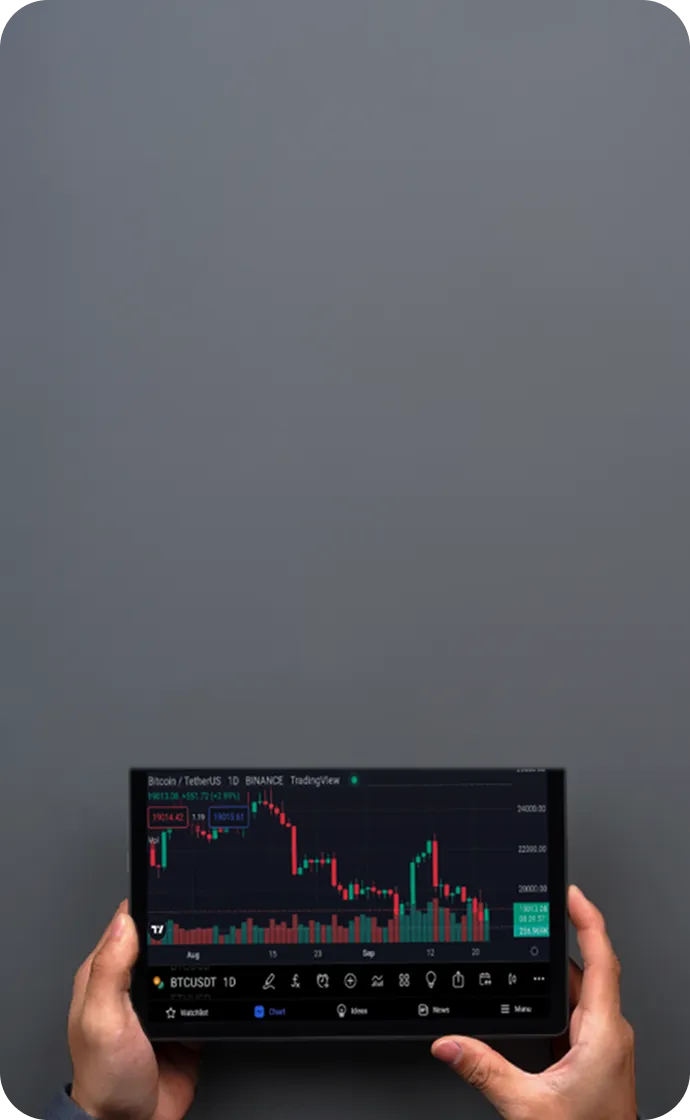

CFD Trading vs Equity Trading - Key Differences
Shares represent fractional ownership in a corporation. Large companies issue millions of shares that can be bought or sold on regulated exchanges. Share prices fluctuate based on supply and demand dynamics and other factors such as the company's financial results, management decisions or announcements, and broader macroeconomic conditions.
A CFD, or Contract for Difference, is a financial derivative designed to replicate the price movements of an underlying market. Trading CFDs on shares involves entering into contracts that mirror the price of individual equities listed on stock exchanges.


Unlike owning shares, CFDs do not confer ownership rights in the company. Instead, they allow traders to speculate on price changes of the underlying asset. When trading CFDs, you do not buy the actual share; rather, you enter into an agreement to settle the difference between the opening and closing prices of the position. This price difference is measured in points, each assigned a specific monetary value.
If you open a CFD position while the underlying shares are trading and the stock price rises, the broker will credit you the amount corresponding to the price increase. Conversely, if the stock price declines, you are required to pay the broker the loss amount.
Trade Smarter Today






Account
Account
Instantly




